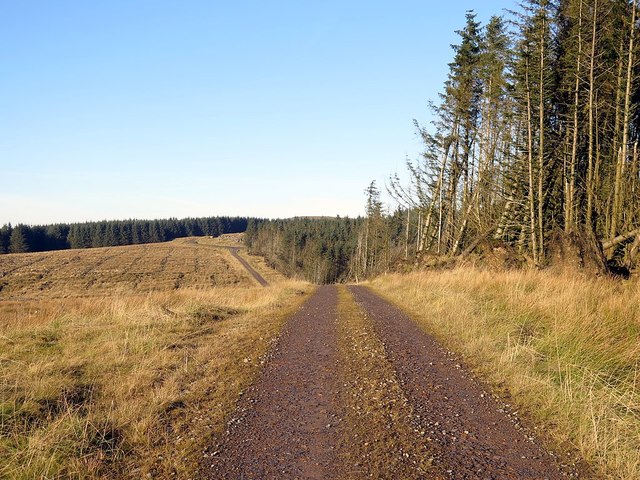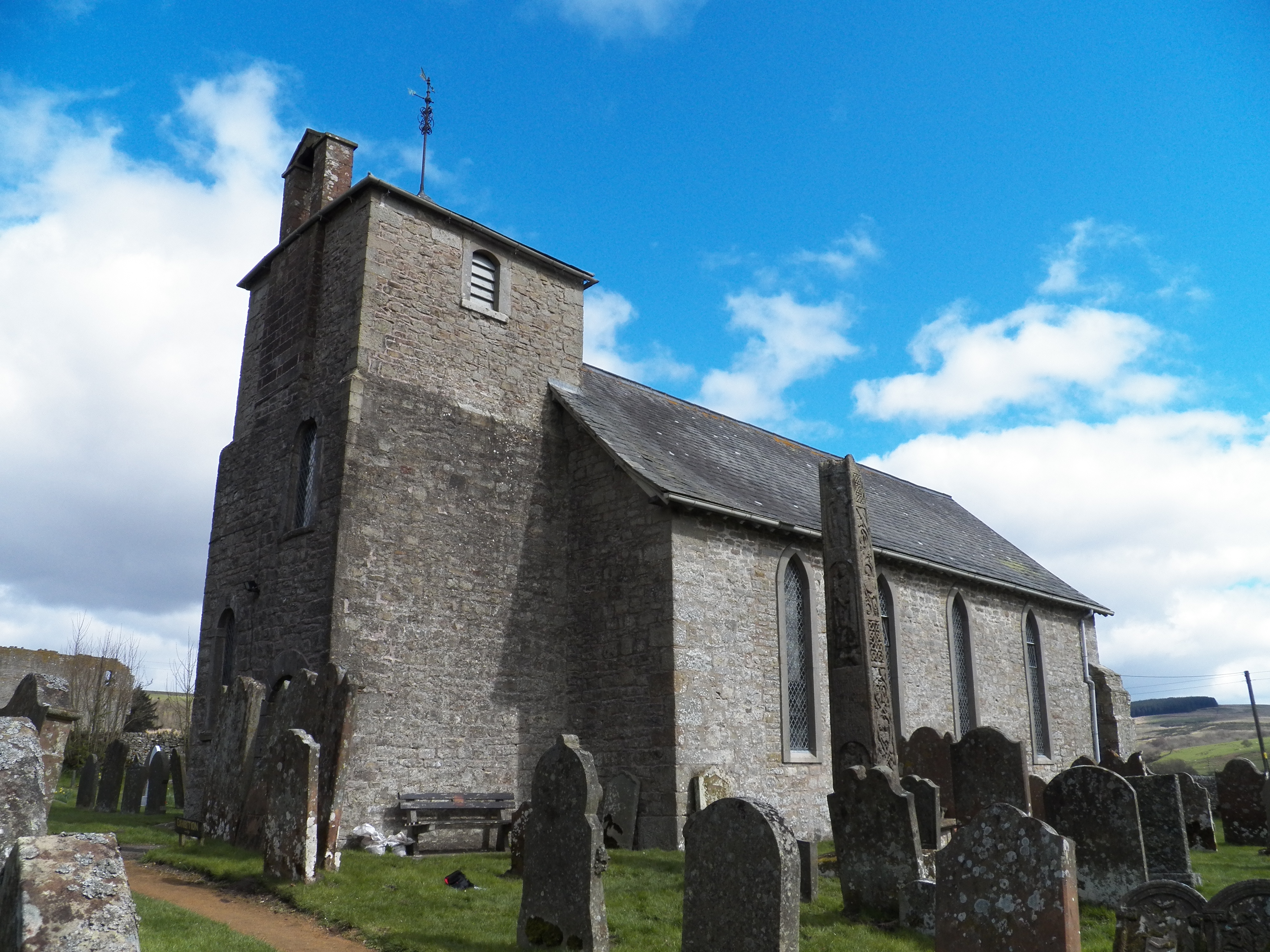Sword Hill
Hill, Mountain in Cumberland Carlisle
England
Sword Hill

Sword Hill is a prominent geographical feature located in the region of Cumberland, England. Also known as Sword Mountain, it is part of the larger Pennine Range, which stretches across the northern part of England. Rising to an elevation of approximately 2,213 feet (675 meters), Sword Hill stands as one of the highest peaks in the region.
Situated in the Lake District National Park, Sword Hill offers breathtaking panoramic views of the surrounding landscape. Its position within the park makes it a popular destination for hikers, mountaineers, and nature enthusiasts. The hill is characterized by its rugged terrain, with steep slopes and rocky outcrops that provide a challenging yet rewarding climbing experience.
The name "Sword Hill" is derived from the shape of the hill's silhouette, which is said to resemble a sword when viewed from certain angles. This unique feature adds to the hill's allure and has made it a distinctive landmark within the region.
Sword Hill is also home to diverse flora and fauna, with heather, grasses, and mosses covering its slopes. The hill provides a habitat for various bird species, including buzzards and peregrine falcons, making it a popular spot for birdwatching.
In addition to its natural beauty, Sword Hill holds historical significance. The area surrounding the hill is dotted with ancient settlements and archaeological sites, showcasing its rich cultural heritage.
Overall, Sword Hill in Cumberland offers visitors a perfect blend of natural beauty, challenging terrain, and historical significance, making it a must-visit destination for outdoor enthusiasts and those seeking to explore the region's diverse landscapes.
If you have any feedback on the listing, please let us know in the comments section below.
Sword Hill Images
Images are sourced within 2km of 55.07485/-2.6076987 or Grid Reference NY6175. Thanks to Geograph Open Source API. All images are credited.






Sword Hill is located at Grid Ref: NY6175 (Lat: 55.07485, Lng: -2.6076987)
Administrative County: Cumbria
District: Carlisle
Police Authority: Cumbria
What 3 Words
///etchings.clinic.shampoo. Near Greenhead, Northumberland
Nearby Locations
Related Wikis
Kingwater
Kingwater is a civil parish in City of Carlisle district, Cumbria, England. At the 2011 census it had a population of 170.The parish is bordered to the...
Bewcastle Castle
Bewcastle Castle is a ruined castle in the parish of Bewcastle in the English county of Cumbria, a few miles from the Scottish border. == History == The...
Bewcastle Cross
The Bewcastle Cross is an Anglo-Saxon cross which is still in its original position within the churchyard of St Cuthbert's church at Bewcastle, in the...
Bewcastle
Bewcastle is a large civil parish in the Cumberland unitary authority area of Cumbria, England. It is in the historic county of Cumberland. According to...
Nearby Amenities
Located within 500m of 55.07485,-2.6076987Have you been to Sword Hill?
Leave your review of Sword Hill below (or comments, questions and feedback).














